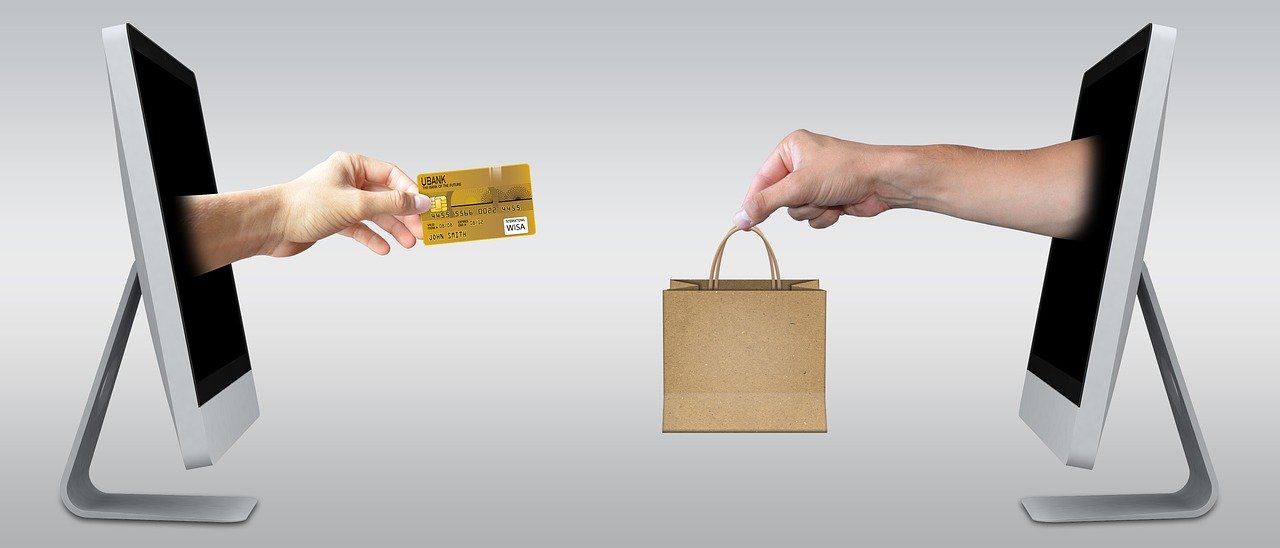Online shopping has become very popular over the years. Nowadays, no one can imagine not buying at least something over the Internet.
What’s more, consumers find this feature more convenient, which is why they tend to spend 12% to 18% more by using credit cards than when using cash.
Accepting online payments seems fairly easy. However, it’s actually a rather complicated process that relies on effective Fintech. With that in mind, here’s how online payment processing software works.
The three basic elements

Online payment processing software requires the three basic elements, in order to successfully handle any online transactions. Here are those elements.
- The merchant account – Simply put, it’s a bank account that belongs to a company that accepts online payments. This is where companies keep the money they receive from customers. You can receive a merchant’s account from a bank, payment processing company or a third-party independent contractor.
- The payment processor – The payment processor is a company or a financial institution that handles transactions between customers and merchants, as well as their banks. They take care of factors such as card limits, available funds, credit card validity and so on. They also take care of security issues, such as checking credit card information, preventing fraud attempts, taking care of errors and so on.
- The Payment gateway – A payment gateway is the middleman for all transactions that happen between your website and the payment processor. It’s basically an online point of sale. Since it’s strictly forbidden to transfer funds directly from the customer’s bank account to the merchant’s one, the payment gateway has to be involved. Payment gateways also connect you with card issuers, such as Visa or Mastercard.
Requirements for a merchant
Simply opening a bank account is not enough to become a merchant. You must create a payment gateway and to do so, you must either become an MSP (Member Service Provider) or an ISO (Independent Sales Organization).
As mentioned before, your payment processing software won’t work unless there’s a payment gateway involved. You can get any technical, corporate and financial requirements to become either an MSP or an ISO from large banks.
You can also do the same with independent contractors where you can consider ISO 20022 Migration. After that is set and done, you’ll have to develop both mobile and web apps for your payment gateway. You’ll also have to ensure that you’re compliant with any standards issued by the PCI Security Standards Council.
There’s no one-size-fits-all solution
When it comes to online payments, payment processing software has greatly evolved over the years.
You can choose a software solution based on your business needs without having to settle for a single solution available on the market that only meets a few of your needs but not all of them.
You can find almost any turn-key and custom software for your business that can be implemented in any business system today. Therefore, make sure you know what you need before you make the decision.
The process of online payment processing

In the end, here’s what your software does when processing online payments.
- The customer makes a purchase using a credit card.
- The merchant submits the transaction.
- The payment gateway secures the transaction and forwards it to the processor.
- The processor verifies, validates and approves the transaction.
- The customer’s bank forwards the funds to the processor.
- The processor notifies the gateway with either approved or denied status.
- The merchant receives the status message.
- The merchant receives funds on their bank account.
Online payment processing is, indeed, a complicated process, which is why an efficient software solution is required. Aside from having such a solution at your disposal, you must also take care of vital requirements that will allow you to accept and process online payments, to begin with.
